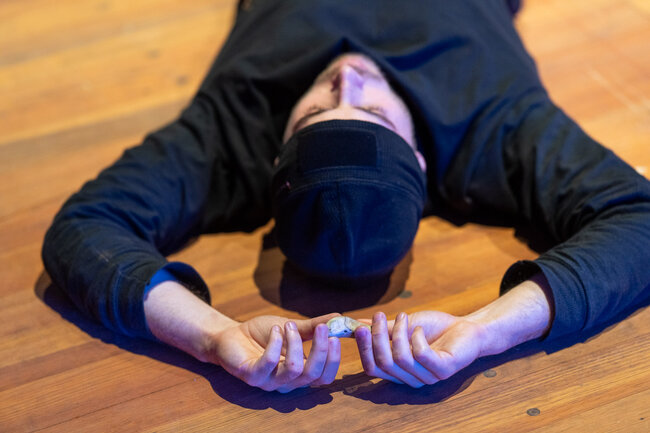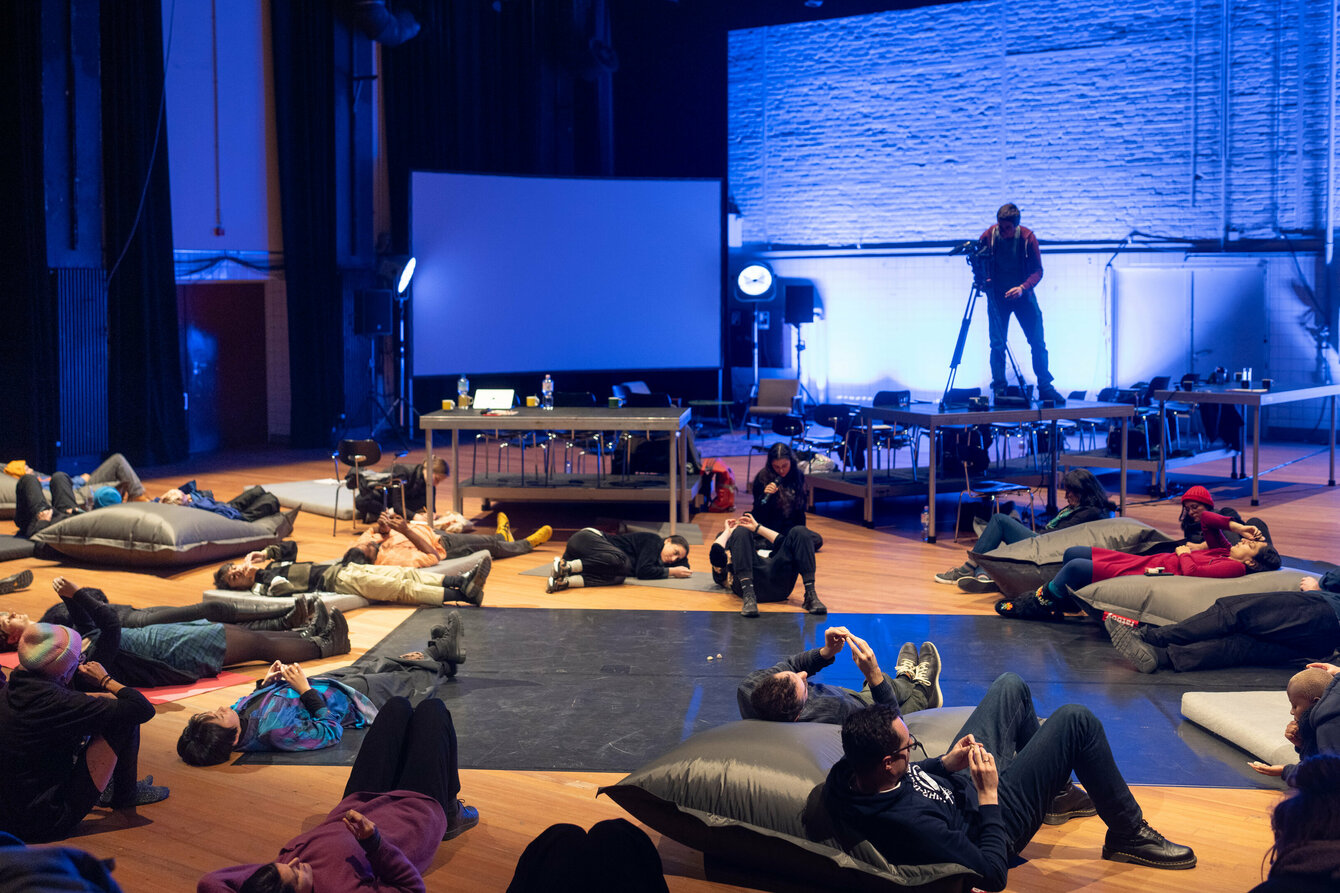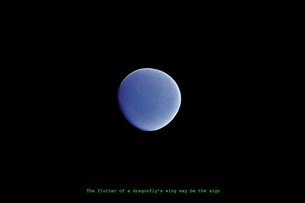IMPACT23 - Paola Bascón
Mineral Kinships
Themen
IMPACT
Mineral Kinships
A somatic lecture by Paola Bascón
*This lecture was conceived for PACT Zollverein, situated in the former pithead baths from Zollverein Coal Mine Industrial Complex.
** For the reader: If possible, find a small stone before you start reading the text. Hold the stone between your fingers and take time to pause in between.
Introducing mineral touch
As you hold and touch a small stone,
I invite you to engage with it.
Feel its weight and texture,
recognize its shape and small details.
Take some time
and use your fingers as tactile microscopes
to magnify what might escape your eyes.
Material continuums
There are stories about the beginning of time
that describe how mineral entities once had a human body as well
and how they became immortal as major sacred rock formations.
Other stories account how the transitioning of bodies
happened the other way around.
They tell about humans that were born from rocks.
There are particles in our bodies that once eroded
from the surface of mineral beings.
Through the touch of rain and wind,
they were absorbed by the plants that we eat.
These tiny particles are flowing through our veins, right now.
Minerals have constituted our bodies since we came to exist,
solidifying and forming our bones – for instance.
So, we can think of them as stone-alike,
if that helps us to understand our mineral kinship.
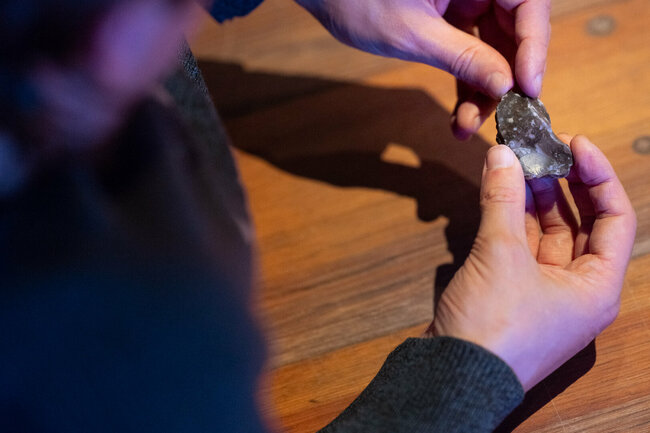
Evoking landscapes
The more time you spend with the stone,
the more you might be able to see a major landscape,
as if the small stone were a miniature,
a small-scale model of a mountain.
Is this mountain landscape similar to a place you have seen before or been already?
Perhaps you are able to locate a major mineral formation in your memory
or, a completely new landscape is unfolding in front of your eyes.
The landscape now expands beyond the stone.
As the stone is, in fact, the physical fragments of a larger geological body.
Hold the stone with one hand
while the other creates an invisible extension of it.
As if your fingers would engage with clay
and have the power to enlarge the body of the stone.
Little by little, this mineral body grows.
Your hand and fingers are actively molding the invisible mineral landscape.
They engage in a tactile exploration.
Activate your arms if needed.
Sense how your whole body reacts to the growth of this mineral being.
How does this landscape look like?
What are its material qualities?
What are its mineral components?
Colors, textures, density… your eyes are able to see a clear image
of the mineral landscape you are sensing.
While doing this exercise,
you might notice how both bodies,
yours and the stones have synchronized temperature.
The stone becomes an extension of your hand, your body.
Or perhaps it’s the other way around,
and you have become its bodily extension.
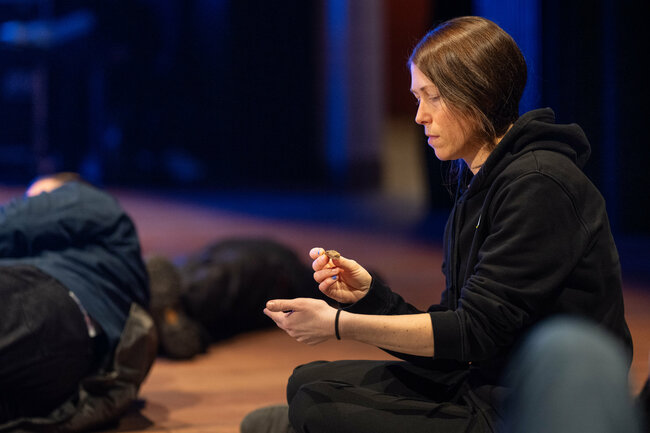
Cerro Rico
As you continue to explore this connection, you will listen to a story of Cerro Rico de Potosí that will be told through a human voice:
As you know, some of us have the most imposing bodies.
Our peaks reach towards the sky.
For millions of years, I remained unchanged, unscattered,
and it was difficult to imagine me collapsing.
My body had a symmetrical cone shape
and used to shine during the night,
as I was related to the moon.
Before the world turned upside down.
Before those who arrived and said:
»We have a disease of the heart, for which the only remedy is gold«
No one would dare to dig or hammer any iron tool on my body,
pierce my surface or scrape off my skin.
Nowadays I am not any more what I once used to be.
For your measurement of time,
it was the year 1545, where my body was subjected
to turbulent transformations.
The silver veins that ran through the surface of my skin
started to be mined.
The silver was easy to take off by human hands
with the help of picks and mallets.
My silver veins were massive, yet after less than 100 years,
they got emptied, and it seemed not to be enough.
Looking for more silver,
they decided to dig further inside and create tunnels.
Inside my body, silver wasn’t as raw and pure as the veins on the surface.
To extract it, they began to use mercury,
mercury that, when absorbed by skin tissues,
pierced and corroded human bodies as well.
Bodies that were forced to work in the mines.
Bodies reduced to labor.
And as men began to eat the mountain, the mine decided to eat men back.
Unleashed by the fascination
of the shimmering of silver and gold,
the violence of the gaze led to the violence
of iron, gunpowder, and mercury.
And so, the first and greatest industrial mining enterprise began.
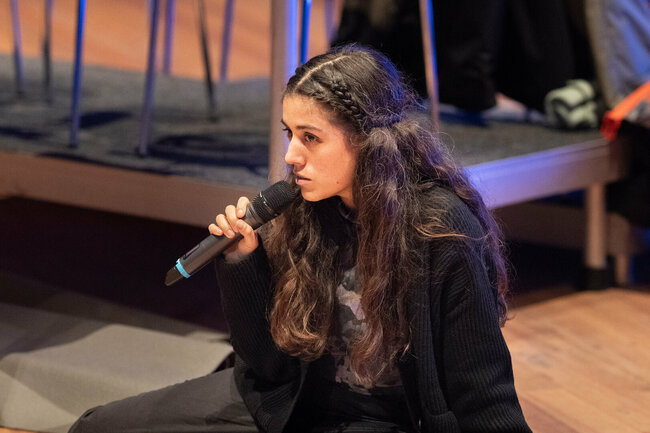
Legacies of extraction
The ground you rest on was also built by mining activity.
It was not silver but coal that accelerated something that unchained a series of effects
and radically transformed our common habitat.
Mineral bodies became a mere resource to feed a larger system.
Ancient geological processes transformed into fuel for short-living energy.
Ancient beings transformed into technological devices and weapons.
Modernity as a mining enterprise.
What to do when shelters cease to exist?
Shifting landscapes, shifting spaces.
What is left when so much has been removed?
Where to find the memories of the spaces we inhabit?
How to protect them,
the physical spaces,
the bare ground we rest on,
the soil, the memories?
The stones are asking us these questions.
